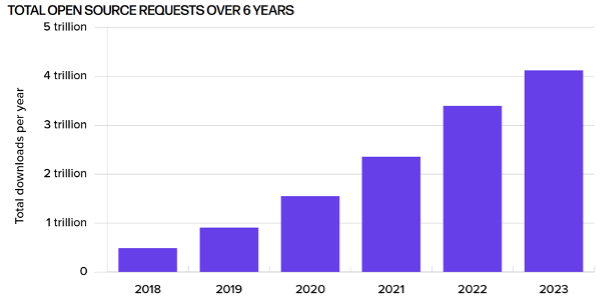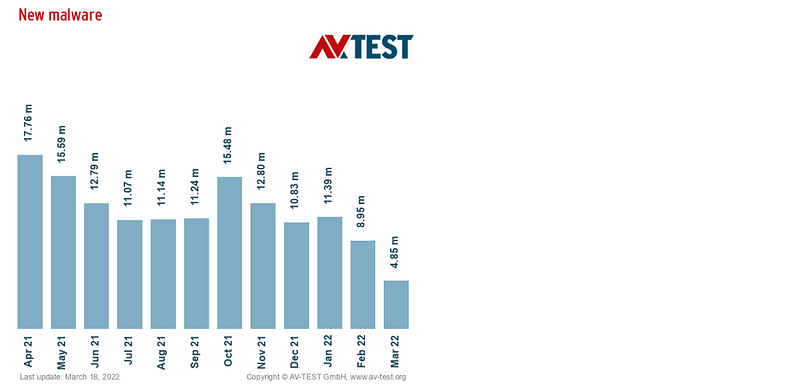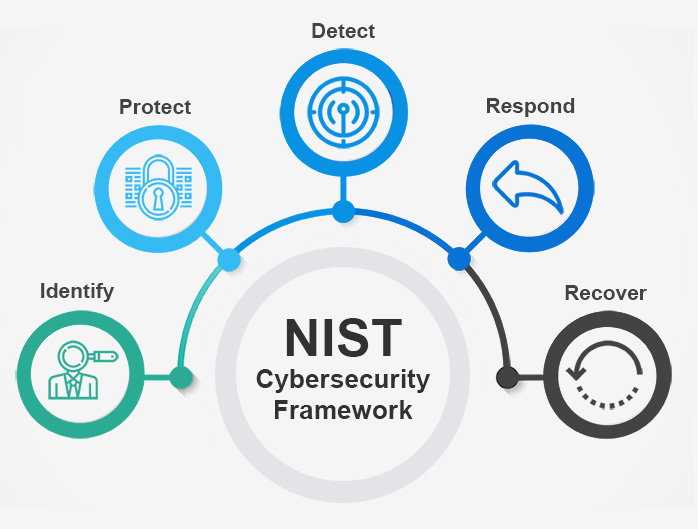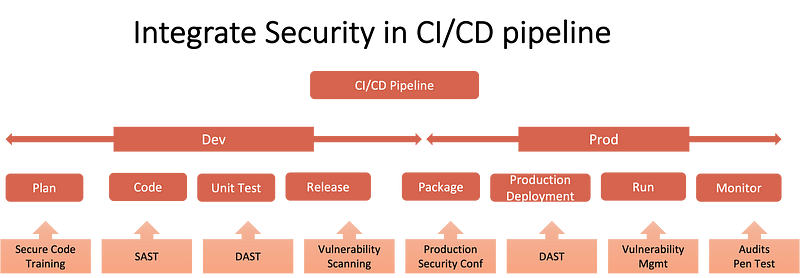In 2024, Australia experienced a significant transformation in its digital landscape. Technological advancements, particularly in artificial intelligence, cloud computing, and IoT, have revolutionised daily life and work. However, this progress has also led to a surge in cybersecurity threats, underscoring the urgent need for robust application security measures. We have seen a remarkable surge in security incidents in the first of the year. This pivotal moment demands a proactive approach to safeguarding our digital infrastructure.
The Growing Risk of Cyber Threats in Australia
The first half of 2024 has seen a disturbing surge in cyberattacks targeting Australian businesses, government agencies, and critical infrastructure. These incidents have ranged from ransomware attacks on healthcare providers, which crippled essential services, to data breaches at major financial institutions, exposing sensitive personal information of millions of Australians.
In March, a significant cybersecurity breach at a prominent Australian financial institution brought attention to the critical vulnerabilities in application security. The attackers exploited an insecure API, leading to unauthorized access to sensitive customer data, including financial records and personal identification details. This breach sent shockwaves through the financial sector, prompting a crucial revaluation of the adequacy of current application security measures across various industries.
Furthermore, the continued rise of ransomware attacks has been particularly troubling. In June 2024, a ransomware attack on a major Australian healthcare network disrupted services across multiple hospitals, delaying critical medical procedures and compromising patient care. The attackers exploited a vulnerability in a third-party application for scheduling and communication, highlighting the risks posed by insecure applications within critical systems.
These events serve as a stark reminder that as applications become more integral to our daily lives, the need for rigorous security measures becomes paramount.
The Role of Application Security in Safeguarding Australia’s Digital Future
In the current landscape, application security stands as a fundamental component of any cybersecurity strategy. It encompasses rigorous measures and best practices aimed at fortifying applications against malicious attacks and guaranteeing their seamless operation without vulnerabilities. This approach entails steadfast adherence to secure coding practices, routine vulnerability assessments, and the uncompromising implementation of robust security protocols across the entire software development lifecycle.
Secure Coding Practices:
Developers, listen up! Secure coding is the bedrock of application security. It’s crucial to equip yourselves with the skills to craft code that stands strong against prevalent attack vectors like SQL injection, cross-site scripting (XSS), and buffer overflows. By adhering to coding standards and guidelines and harnessing automated tools for static code analysis, we can markedly diminish the likelihood of introducing vulnerabilities during the development phase.
Regular Vulnerability Assessments and Penetration Testing:
Regular vulnerability assessments and penetration testing are imperative in identifying and mitigating security flaws before attackers can exploit them. These tests must be conducted routinely and following any significant changes to the application or its environment. In 2024, Australian businesses have increasingly acknowledged the critical nature of these practices, incorporating them as a standard part of their security protocols.
Secure Software Development Lifecycle (SDLC):
It is absolutely crucial to integrate security into every phase of the software development lifecycle. This requires including security requirements from the very beginning, conducting thorough threat modelling, and consistently performing rigorous security testing. The adoption of DevSecOps practices, where security is seamlessly integrated into the development process rather than treated as an afterthought, has been a prominent trend in 2024.
Third-Party Risk Management:
The events of 2024 have underscored the critical need for organisations to conduct thorough assessments of third-party vendors’ security posture and enforce stringent controls to mitigate the risks associated with external applications and APIs.
Education and Awareness:
Finally, education and awareness are vital components of application security. In 2024, Australian organizations have increasingly invested in training programs to ensure that developers, IT professionals, and end-users understand the importance of security and are equipped to recognize and respond to potential threats.
Government and Industry Collaboration: A Path Forward
Recognising the growing cyber threat landscape, the Australian government has taken proactive steps to bolster national cybersecurity. The revised Australian Cybersecurity Strategy 2024 emphasises the need for robust application security and promotes collaboration between government, industry, and academia to develop and implement good practices.
The strategy includes initiatives such as the establishment of a national application security framework, which provides guidelines for secure application development and encourages the adoption of security standards across all sectors. Additionally, the government has introduced incentives for businesses that prioritise application security, including tax breaks and grants for organisations that invest in secure software development practices.
Industry collaboration has also been a key focus, with organisations across various sectors coming together to share threat intelligence and best practices. The formation of sector-specific cybersecurity task forces, such as those in finance, healthcare, and critical infrastructure, has facilitated the development of tailored application security measures that address the unique challenges faced by different industries.
Conclusion: Securing the Future
As Australia undergoes digital transformation, the importance of application security cannot be overstated. The events of 2024 have highlighted vulnerabilities in our digital ecosystem. Prioritising application security can protect sensitive data, maintain public trust, and ensure the resilience of critical systems. This collective commitment is essential for building a secure and resilient digital landscape for all Australians.













